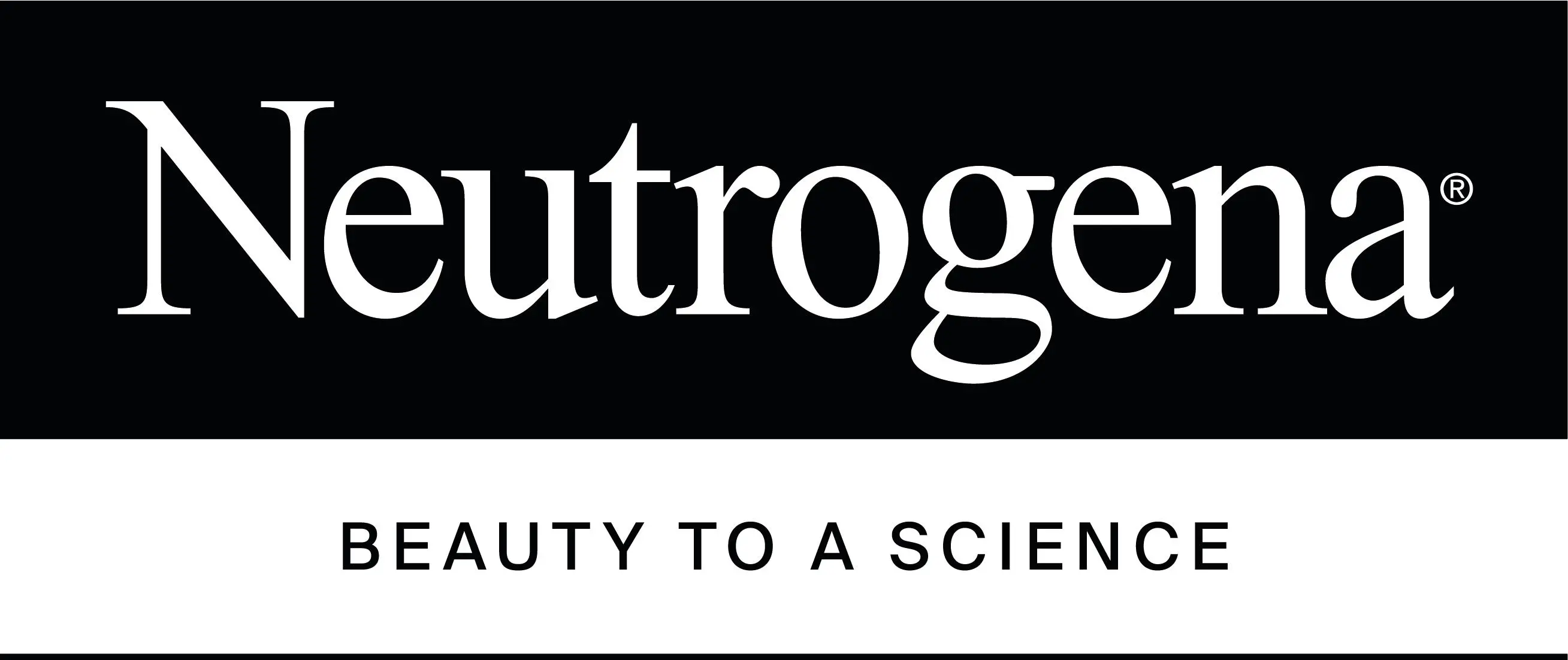Dead cells are normally exfoliated from our skin every day, but as we age and are exposed to the sun, this process slows down or even stops. Dull, dry, or flaky skin, blocked, enlarged pores, wrinkles, pimples, loss of firmness, and uneven skin texture are all undesired outcomes of this slowdown. Alpha hydroxy acid (AHA) or beta hydroxy acid (BHA) may assist with these issues by removing the accumulation of dead skin cells, providing you with a smoother, healthier complexion1.
What are AHAs2?
AHAs are ingredients that aid in exfoliating the outermost layers of skin. AHAs come in a variety of forms, including lactic, glycolic, and mandelic acids. The following are some advantages of using AHAs on your skin3:
Enhanced moisture of the skin
A decrease in the obvious symptoms of UV exposure, such as wrinkles, fine lines, and decreased skin suppleness
Reduce visibility of dark patches and uneven tones
Increased effectiveness of various skin care treatments as a result of exfoliation of dead skin cells
What are BHAs?
While BHAs and AHAs have certain things in common, they also differ greatly. The primary BHA is salicylic acid. BHA exfoliates the skin's surface similarly to AHAs, but because it is oil-soluble4, it may exfoliate deeply into pores, which is where most of its advantages lie. If you start utilizing BHA regularly, you'll notice some of the following improvements:
A reduction in the quantity of pores
Less incidence of blackheads
Less oily skin
Look and feel of less reddened, sensitized skin
How are AHAs and BHAs Different5?
Because AHAs dissolve in water, they exfoliate the skin's outermost layers. And because they can improve the skin's inherent moisturizing components, they are often used for normal to dry, sun-damaged skin. AHAs have also been shown to be successful in minimizing wrinkles and crepey skin, two obvious symptoms of UV exposure.
BHA, on the other hand, is the suggested option for normal to oily skin that is prone to enlarged pores, blemishes, blockages, and pimples since it is oil soluble and operates both deeper within the pore and on the skin's surface. BHA also naturally calms the skin, so it's gentle enough for skin types that are red or sensitive. You can use it even if you have rosacea. For skin that is prone to milia and keratosis pilaris, this adaptable ingredient is also appropriate.
Also read to know more on Alpha Hydroxy Acid vs Beta Hydroxy Acid.
Can I Use AHAs and BHAs Together?
AHA and BHA may be used in tandem. Although most individuals are quite content to choose one or the other, there is nothing wrong with utilizing both or trying out other combinations to determine which suits you the best. Simply keep an eye on how your skin reacts and modify use as necessary.
You'll experience remarkable benefits both right away and over time if you use either one. However, if you have several skin issues (such as sun damage symptoms, deep wrinkles, obstinate blocked pores, pimples, and dull, flaky skin), combining AHA and BHA might yield better results. Actually, a lot of individuals discover that switching between AHA and BHA exfoliants is the best approach.
How Can I Use AHAs and BHAs in My Skincare Routine?
Both AHA and BHA may be used in your regimen either by choosing a solution that mixes them softly together or by applying them alternately (for example, using AHA one day and BHA the next). After using your cleanser and toner, apply your AHA/BHA exfoliant. You don’t need to wait before moving on to your next product—you can immediately follow with the rest of your routine. To sustain the effects, it's important to continue applying a leave-on chemical exfoliator on a regular basis. Always apply broad-spectrum sunscreen (SPF 30 or higher) at the end of the day.
In conclusion, AHAs and BHAs are transformative ingredients that treat a variety of skin issues, from blocked pores and aging symptoms to dullness and uneven texture. Each provides distinct advantages catered to particular skin requirements, whether you're looking for hydration and a more even skin tone with AHAs or addressing oiliness and imperfections with BHAs. Smoother, cleaner, and more radiant skin may be achieved with the careful application of these exfoliants, either alone or in combination. You can get the most out of them and make long-lasting changes to the look and health of your skin by including them in your skincare regimen and making sure you're getting enough sun protection.
References
1 Moghimipour, E. (2012). Hydroxy acids, the most widely used anti-aging agents. Jundishapur journal of natural pharmaceutical products, 7(1), 9-10.
2 Almeman, A. A. (2024). Evaluating the efficacy and safety of alpha-hydroxy acids in dermatological practice: a comprehensive clinical and legal review. Clinical, Cosmetic and Investigational Dermatology, 1661-1685.
3 Babilas, P., Knie, U., & Abels, C. (2012). Cosmetic and dermatologic use of alpha hydroxy acids. JDDG: Journal der Deutschen Dermatologischen Gesellschaft, 10(7), 488-491.
4 Kornhauser, A., Coelho, S. G., & Hearing, V. J. (2010). Applications of hydroxy acids: classification, mechanisms, and photoactivity. Clinical, cosmetic and investigational dermatology, 135-142.
5 Egli, C., Min, M., Afzal, N., & Sivamani, R. K. (2023). The hydroxy acids: Where have we been and what's new?. Dermatological Reviews, 4(6), 260-267.
